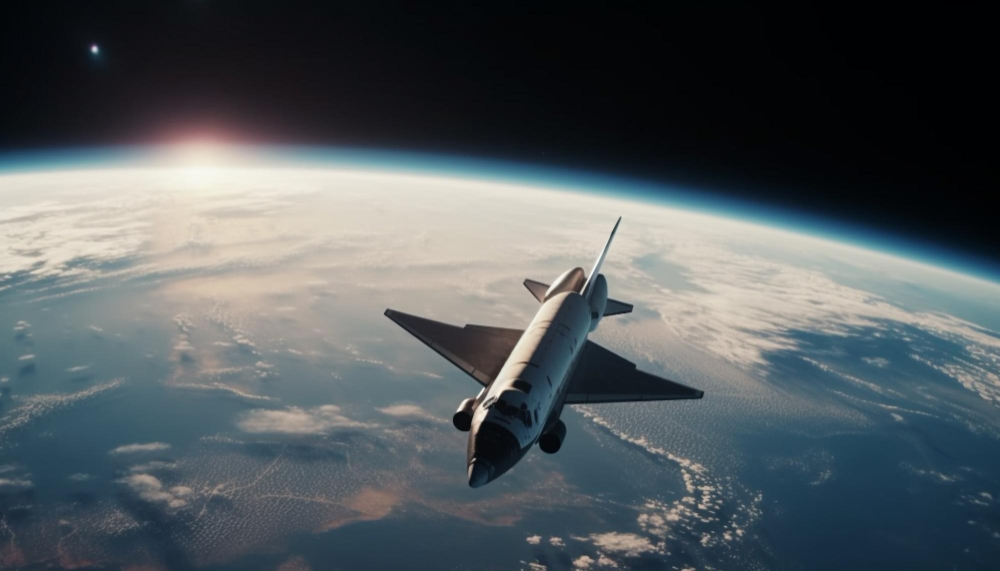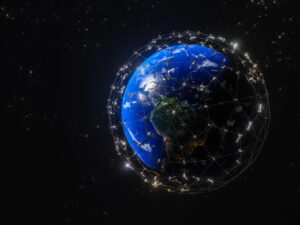Satellite oceanography stands as a testament to human innovation, offering a bird’s-eye view of our planet’s vast oceans. But how does this remarkable technology work, and what wonders does it hold? Let’s delve into the intricacies of satellite oceanography and uncover its mechanisms.
Understanding Satellite Oceanography: A Glimpse into the Depths
Satellite oceanography revolves around the deployment of satellites equipped with specialized sensors to monitor various aspects of the ocean. These sensors gather data by detecting electromagnetic radiation reflected or emitted by the Earth’s surface and atmosphere.
The Role of Satellite Sensors: Illuminating Ocean Dynamics
Satellite sensors play a pivotal role in satellite oceanography, capturing vital information about ocean temperature, currents, sea level, and even marine life distribution. Through advanced technology, these sensors can penetrate clouds and darkness, providing uninterrupted observations of the oceans.
Remote Sensing Techniques: Harnessing the Power of Data
Remote sensing techniques enable scientists to interpret the data collected by satellite sensors, transforming raw information into actionable insights. By analyzing patterns and trends, researchers gain a comprehensive understanding of ocean behavior and dynamics.
Challenges and Solutions: Overcoming the Boundaries
Despite its advancements, satellite oceanography faces challenges such as data accuracy and resolution limitations. However, continuous technological innovations and collaborations within the scientific community are driving solutions to address these hurdles, ensuring more precise and reliable data.
Applications of Satellite Oceanography: From Research to Real-World Impact
The applications of satellite oceanography are far-reaching, encompassing various fields such as climate research, marine resource management, and disaster response. By providing valuable data on ocean health and dynamics, satellite oceanography contributes to informed decision-making and sustainable practices.
Future Prospects: Navigating Towards New Horizons
As technology evolves, so do the capabilities of satellite oceanography. Future advancements may include enhanced sensor technologies, increased spatial and temporal resolution, and improved data processing techniques. These developments promise to further revolutionize our understanding of the oceans and their intricate ecosystems.
Conclusion: Unraveling the Mysteries, One Satellite at a Time
In conclusion, satellite oceanography stands as a beacon of scientific ingenuity, offering unprecedented insights into the world’s oceans. Through continuous innovation and collaboration, we can unlock the full potential of this transformative technology, paving the way for a better understanding and stewardship of our marine environments.







